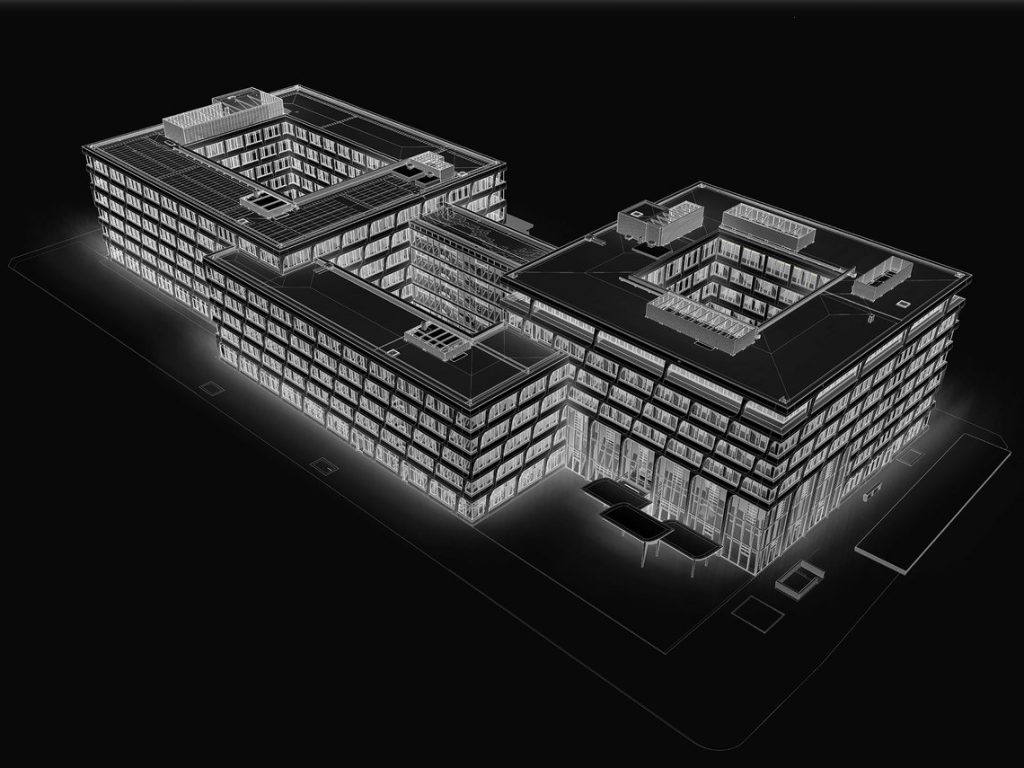InnoDez, a leading MEP engineering firm in California, explores the latest trends in sustainable MEP design, focusing on water conservation,

Building information modeling, (BIM) is an innovative approach for planning and managing building projects. This collaborative approach enables experts and buyers to communicate seamlessly giving way to smarter project decisions in the long run. BIM is a very useful tool throughout both the design and construction process and throughout the entire lifespan of a building.
This post will summarize the main benefits of using BIM in the building design and construction process. We will be looking at the benefits of a technical and administrative standpoint.
Reducing Construction Costs and Improving Building Performance using BIM
Using a digital BIM model offers a level of collaboration that is not achievable using normal 2D designs. Through the use of cloud-based tools, BIM collaboration becomes easy among various engineering disciplines, despite the distance between them.
All teams involved in a design project utilize the same information and operate within a single model using BIM. This gets rid of the annoyance and uncertainty caused by having to juggle different file variants. Another advantage is that models are accessible no matter your location from mobile devices. Therefore, all stages of a project’s life cycle become manageable right there in the cloud.
BIM can help you manage every aspect of a project, something that would never be possible in two-dimensional designs.
3D graphics, augmented reality, (AR) and graphic simulations allow clients to get a very clear perspective of the project at every angle.
Spaces become visible to clients, allowing them to begin planning before the project ever starts. Then, any changes that are necessary are clearly evident by looking at the blueprints.
This allows all teams to get an enhanced understanding of the project from the very beginning. This helps by preventing costly and time-consuming revisions later.
Location conflicts between two existing elements while in the construction phase of a project can be expensive and very time-consuming. Any needed modifications become easier to identify with BIM. Designers can easily tell if a plumbing line intersects with an air duct, making the modification process seamless.
BIM can recognize conflicts between MEP systems automatically. Even before the construction phase ever begins… Then, the software notifies project designers so that they can address the issue. Identifying MEP system location conflicts while in the design phase can save a ton of money during the construction phase.
Building Information Modeling (BIM) files include both the technical and the geometrical data included in all building designs. When you combine this with the cost data, estimations become quickly and accurately automated. 5D BIM is the process of linking 3D models with technical specifications and cost information.
Instead of time-consuming calculations, which can be monotonous, estimators can focus on optimizing project costs. Price modifications and building design adjustments are then displayed in the budget automatically, without having to do tedious recalculations.
Using BIM to create building designs during the manufacturing process encourages the processes of prefabrication and modular construction. Which, in turn, improves productivity and reduces material waste while reducing labor costs and saving a ton on material costs.
BIM increases the level of safety in construction as well because hazards become easier to recognize in a 3D model that is up to scale. 2D drawings require much more imagination, forcing teams to “visualize” potential hazards at the project site. Construction safety officers can perform more reliable risk management strategies both during and after a project “walkthrough” using virtual reality.

Every step of the design and construction process becomes fully coordinated between all parties involved using BIM. Step-by-step instructions get created for technical personnel, complete with 3D graphics of the work required. By each step being well-documented and easily accessible, the supervision and review processes become seamless. Each step of the building design and construction process can get performed more efficiently at this point. This cuts a ton of costs along the way. Then, all of the data gets stored and stays readily available in the cloud.
While working with BIM models, all aspects of your job become connected to the cloud database. Any changes that get made to the model become immediately reflected on all devices that have access to the database. BIM software will also notify all parties when changes get made to the model. This allows engineers that are busy working in other areas to easily track changes that they weren’t present for. Having access to these advantages saves money and time by decreasing repetition and many other issues normally delay a building design project.
Sustainability
Sustainability is key in any design process. With Building Information Modeling (BIM), design engineers can conduct a better environmental analysis. They can explore aspects of the project like orientation, energy usage, and daylight. Building information modeling helps find the most suitable strategies for several areas:
Energy efficiency
Water conservation
Waste management
This means that paper usage is basically diminished throughout the design and construction process. Paper usage is now replaced with better and more thorough cloud-computing. This, in turn, offers a superior level of communication between teams.
Building information modeling supports the complete life cycle of a building from start to finish. A virtual model presents a comprehensive, detailed snapshot of exact property conditions. This allows the optimization of material and labor costs during the construction phase. All teams can continue to manage the project through maintenance and renovations phases.
BIM files store the full history of a project. A precise digital history of building data is priceless for managers and maintenance personnel. Also, the information can be quickly transferred to new tenants in the case that the building gets sold or rented out.

Using BIM in the design phase allows decisions to undergo testing in virtual reality. For instance, natural lighting can get modeled exactly, allowing architects to optimize the locations of skylights and windows. Reality capture technology can then further enhance accuracy. The bottom line is, BIM presents a set of tools that simplify the design and construction processes, which results in all-around better-quality buildings with a better appearance.
Building Information Modeling presents numerous advantages for construction companies and their prospects. Designs that use BIM, in the end, have a higher success rate and a more granular level of control throughout the design and construction process, so they end up getting managed better throughout their complete life cycle.
About Author
InnoDez